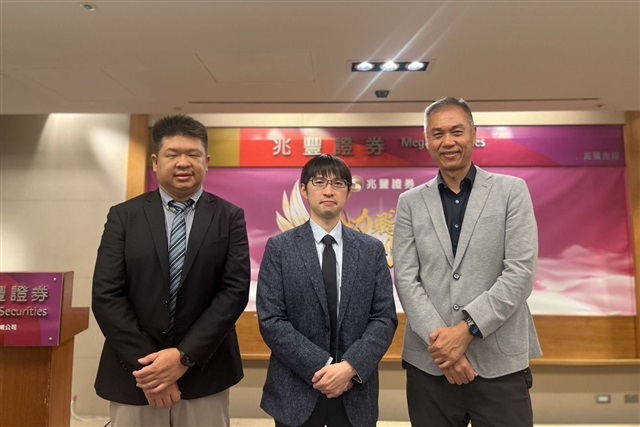Following Nvidia's announcement to initiate a revolution in AI server power technology, with plans to fully implement 800V high-voltage direct current (HVDC) power architecture designs by 2027, semiconductor testing, packaging, and wafer thinning company Micro Silicon Electronics highlighted that this trend will become a new highlight for gallium nitride (GaN) end applications. Once mass production officially ramps up, the third category semiconductor testing business is expected to experience robust growth.
Vice president Jason Wang stated that GaN products applied in AI data centers have entered the engineering sample verification stage, with orders expected to gradually increase in the second half of 2026 at the earliest. He believes that the three major growth drivers in 2025 will sequentially come from GaN, power management ICs (PMIC), and MOSFETs, expecting full-year operations to further improve compared to 2024.
For the first half of the year, Micro Silicon Electronics' four main product processes all showed double-digit year-over-year growth, driving overall company revenue up 33%.
Continuing the demand momentum from emerging markets since the second half of 2024, Micro Silicon Electronics' third-category semiconductor testing revenue surged 63% year-over-year in the first half, accounting for 10% of total revenue—a year-over-year increase of 2pp.
Having specialized in GaN testing for more than a decade, Micro Silicon Electronics believes that compared to silicon carbide (SiC), which currently dominates electric vehicle and renewable energy markets, GaN end applications have expanded beyond fast chargers, consumer electronics, and home appliances into emerging sectors such as drones, robots, robotic dogs, and server power supply units (PSU). This expansion promises significant future revenue contributions.
Nvidia's 800V power architecture will reportedly shift from rack-mounted power supplies to independent power cabinets, raising system voltage from 54V to 800V to support IT racks exceeding 1MW. AI data centers are expected to leverage GaN's smaller size and superior energy efficiency to boost overall energy efficiency by 5%, reduce copper usage by 45%, and cut maintenance costs by 70%.
Micro Silicon Electronics is optimistic that besides servers driving continuous growth in high-power and high-efficiency power demands, the PC and notebook markets will also enter a new wave of device replacement in the second half of the year. DDR5 modules are gradually gaining traction across these three major markets, boosting DDR5 PMIC consumption. Other components like DrMOS, SPS, BLDC driver ICs, and related MOSFETs are also experiencing notable growth.
Wang estimates that based on the company's past revenue trends, the second half of the year generally performs significantly better than the first half. However, despite clear order visibility for the third quarter, considering the tariff-driven rush orders in the first half that led customers to pull shipments forward, fourth-quarter operations remain uncertain. He expects second-half results to be flat compared to the first half, while confirming that 2025 operations will outperform those of 2024.
Article edited by Joseph Chen




